Positive Reinforcement Horse Training 101
Most of us have been on the receiving end of the ever dreaded “more leg!” pleading from our trainers. Whether that is inside or outside leg, the end result is that we are asking our horses to yield to pressure and the well-timed release of that pressure teaches the horse what we are asking them for. Educating our horses is the end goal behind why we ask the way we do, but have you ever stopped to think about how your horse learns?
I started asking how after I purchased my mare, Annie. She is an incredibly sensitive now 10 year old Appendix horse who really struggled with traditional pressure and release training when I got her. She was “cowboy” started on a ranch in Texas before she went through two different owners prior to being sold to me as a green horse. My goal was to restart her and see where that took us using all of the knowledge I had at the time. After nearly a year of stalled progress using pressure and release, I stumbled upon positive reinforcement or “R+” training and figured I might as well give it a shot.

Long story short, since we started incorporating R+ training into our daily lives, Annie continues to progress rapidly and enthusiastically while helping me become more open-minded, positive, and conscientious. This all stemmed from learning about how my horse learns.
I also learned that R+ training is for absolutely everyone and that you are totally allowed to integrate it into your life in whatever way feels good to you and your horse. You’ll get no “all or nothing” approach here! It’s also a great way to keep non-rideable horses engaged and fit, help stalled horses overcome boredom and stagnation, and just an overall fun way to build our relationships with any of our horses.
Understanding How Your Horse Learns
Bear with me as we walk through some behavioral science-y stuff - I promise it’s worth it! All training falls under two major conditioning categories - classical or operant. We will focus mainly on operant conditioning which is further broken down into positive or negative reinforcement or punishment.
Classical Conditioning
Classical conditioning pairs a previously neutral stimulus (a bell for example) with a naturally existing, and usually involuntary, one (salivating for food). We will use classical conditioning to initially set our horses up for R+ training, but then move into operant conditioning.
Operant Conditioning
Operant conditioning creates associations between voluntary behaviors and consequences. This is the opposite from classical conditioning in that the voluntary behavior happens first and then a stimulus (or consequence) is applied to increase or decrease the likelihood of the behavior.
When we’re talking about positive and negative in this context, we should think of the terms like we do in math - we are either adding something (plus), or subtracting something (minus). Neither is inherently “good” or “bad”!
Reinforcement increases the likelihood of a behavior while punishment then decreases it. Aversive stimuli are things our horses don’t like whereas appetitive stimuli are things that our horses do like.
I’ve put together a handy chart for reference that pulls together the four operant conditioning quadrants with a few horsey examples.

We know from experience that pressure and release works, now you know how it works, and it can certainly be used in a humane, non-escalating way. In fact, I am 100% transparent that I still use negative reinforcement as I find that it can sometimes be easier for my horse to understand depending on the task. I also don’t want to scare anyone off who is looking into R+ by thinking that they are doing something inherently wrong or bad by using pressure and release!
Getting Started with R+ Training
What You’ll Need
If any of that sounds remotely interesting to you and you’re finding yourself wondering how you can dip your toes into the R+ waters, there are just a few things you will need.
- A pouch to hold your food reinforcers (Dapplebay’s Good Rides Pack is perfect!)
- Food reinforcers that are appropriate for your horse (we’ll come back to this!)
- A clicker (optional)
- Compassion for yourself and your horse (because you are both new to this and no one is an expert right away!)
- Protected contact [for example - if you can stand outside your horse’s stall with their head out or safely over a fence line in a paddock so they can’t crowd your space while they are learning] (optional - it’s great when you are getting started, but you don’t absolutely need it)
Food Reinforcers
Before we go any further - know that your horse gets to decide their reinforcer or reward! What motivates one learner, may not motivate another. Let your horse tell you what motivates them knowing that this may take a bit of experimentation on your part.
For humans, an example of a universal appetitive stimulus is money. Think about it, you and I are probably not going to do our jobs unless we are getting paid. Animals are the same! They can easily be motivated to do most things with the promise of food. Despite old thinking, horses are also happy to learn this way!
Next we look at the value of the food reward - whether that is low, medium, or high. My go-to low value reinforcer is timothy hay pellets as you can feed a lot of them in one session with little to no adverse effects (but please be mindful to not feed too many at once to avoid choke!). Annie likes them but doesn’t get overwhelmed by their presence (a good indicator of an appropriate low-value reinforcer). Low value reinforcers are the best choice for horses who might be known as cookie monsters!
A few of Annie’s favorite medium to high value treats are listed below. Each of these is affordable, small in size, low in sugar, offer different flavors, and are very tasty to most horses! I also like Stabul 1’s treats, but they are larger in size and a bit pricier.
- SmartPak’s SmartCookies
- MannaPro’s Nutrigood Low-Sugar Snax
- Uckele’s Equi Treats
- Leovet’s Leoveties
High value treats are best used in horses that are not so food motivated, for horses learning something new and they “get it”, or when you are training in a new or challenging environment.
If your horse seems too eager, choose a reward that is still appetitive but of lower value (hay, hay pellets). If your horse does not seem interested, choose a reward that is of higher value (a favorite treat, apples, carrots).

Teaching the Bridge Signal
Not a physical bridge, but rather the key to R+ conditioning!
To help your horse understand that they exhibited the desired behavior, you need to pair an appetitive stimuli with a bridge signal. The signal is a “bridge” between the desired behavior and the reward, letting your horse know that the reinforcer is coming.
I use a verbal cue of “yes” since it’s not a word often used around horses, it's a free tool, and it's hands-free. Verbal bridge signals do have downsides. For example, they are not always as consistent across different handlers due to differences in voices. They also require the handler to be consistent in how they offer the signal. Do your best to say the cue the same way every time.
Other examples of bridge signals:
- a clicker
- whistles
- touch
- body language
Each has its own pros and cons but whatever you use, the idea is the same! Teaching the learner your chosen bridge signal is the first step in R+ training. Here is a simple way to teach your horse how to understand your bridge signal.
- If you are using protected contact, make sure your horse is engaged with you, if you are working without protected contact move onto step #2.
- Give your chosen bridge signal. For example, I would say “yes” in the way that I plan to use the signal moving forward.
- Give positive reinforcement!*
- Repeat a few times and quit. Don’t overdo it!
- Repeat a few repetitions in your next sessions as needed. Some learners understand very quickly, others need more time - let your horse guide you.
*Make sure that you give the reinforcement away from you. Offer the horse the reinforcer (aka treat) away from your body so that they have to turn their head away to receive it. This helps in not creating "mugging" behaviors. The horse will learn they don’t get the reinforcer by coming into your space. Also be mindful to only reach for the reinforcer after you have given the bridge signal so your horse does not start to associate you reaching for a treat with their training. This may seem like a tiny step forward but it’s absolutely necessary!
Teaching Your Horse to Hand Target
Once your horse understands how they will be getting their reward (via your bridge signal) you are on your way to teaching them whatever you want using positive reinforcement. Cool, right?!
I’ll leave you with one more fun exercise so you get an idea as to how you can start shaping your horse's behaviors using cues and positive reinforcement. By following these steps, you can teach your horse to target your hand with their nose. I will use making a fist as the example because we shouldn’t be using this body language elsewhere around our horses so there is less chance they will be confused by what we’re asking.
- If you are using protected contact, make sure your horse is engaged with you, if you are working without protected contact move onto step #2.
- Stand next to or in front of your horse.
- Hold your hand in a fist just below their nose. Most horses will naturally reach down to touch it but if they don’t, gently touch your fist to their nose.
- As soon as they touch your fist, or if you need to touch your fist to their nose to show them the answer, give your bridge signal so they know that they performed the desired behavior - touching your fist with their nose.*
- Give your positive reinforcement with the horse’s head away from your body.
- Repeat a few times until they can consistently touch their nose to your fist just below their nose, again remember not to overdo it!
*Before giving your bridge signal, you can also give your horse a verbal cue for the behavior (I use “touch”) so that they will begin to pair the verbal and non-verbal (your fist) with the desired behavior.
As your horse becomes more consistent with touching your fist with their nose from a short distance away, you can slowly begin to expand on the behavior by holding your fist at different heights/positions/distances away. You can teach them to target other objects in the same way!
And You’re Off!
With time and patience, you can teach your horse to do anything using R+ from cute tricks like kiss and smile all the way to trailer loading at liberty. Some great day-to-day examples are to train your horse to lift their feet up on cue to be picked out, to target a halter or bridle and start self-haltering/bridling, and to stand still in the aisle using stationary targets.
You can do as much or as little as you’d like with it, but the bottom line is that as long as you break everything down into small steps, the sky's the limit! There are plenty of good R+ horse trainers sprouting up all over social media who share great ideas to further your training. And no matter what style of training works best for you and your horse, keep in mind that even though you may not realize it, every time you interact with your horse, you are training them.
Finally, I want to take a moment to remind you that as with everything new, learning takes time. As someone with perfectionist tendencies, I can tell you it can be really tough to not just get something right away, but we always need to be forgiving to ourselves and our horses.

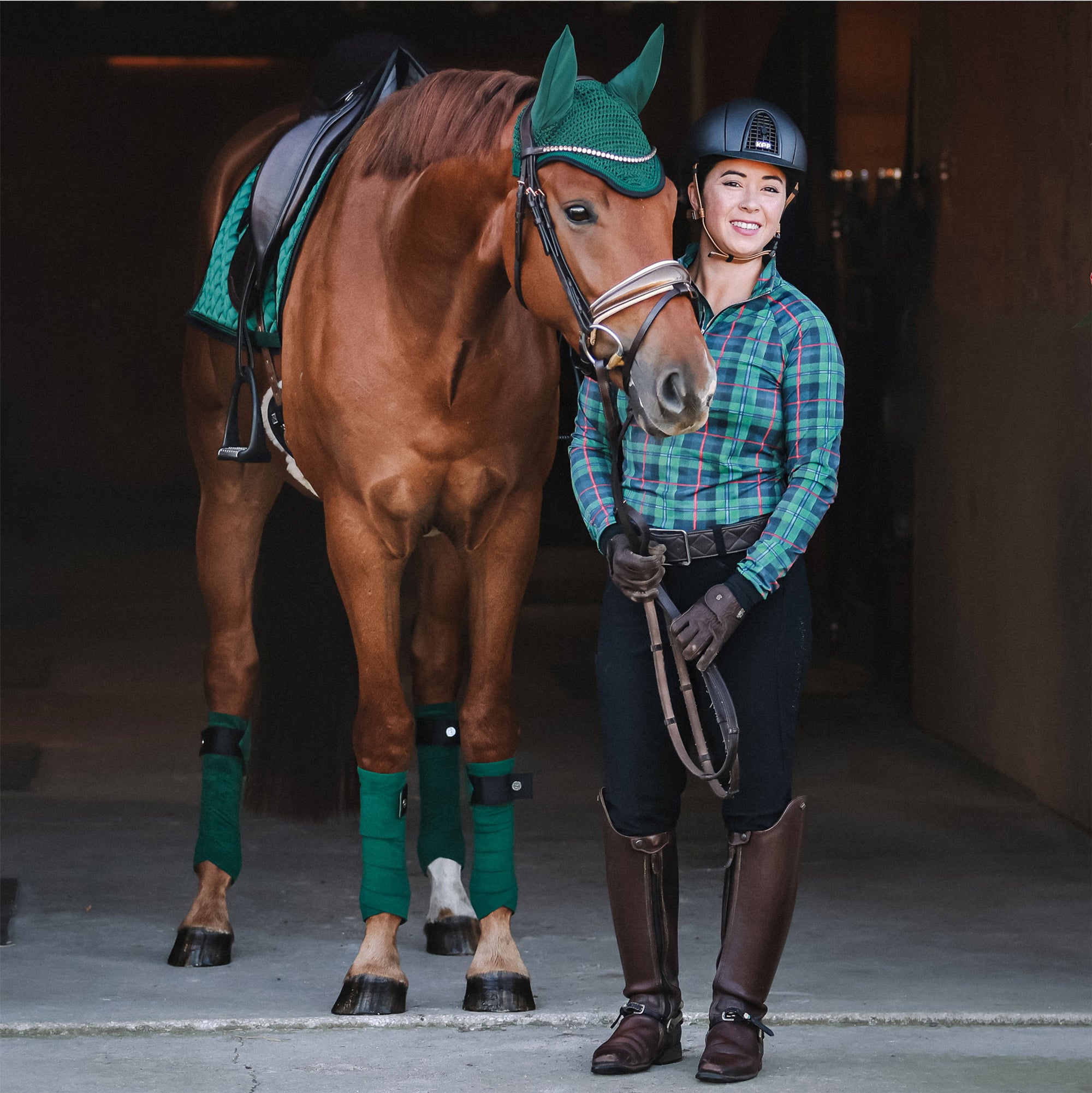
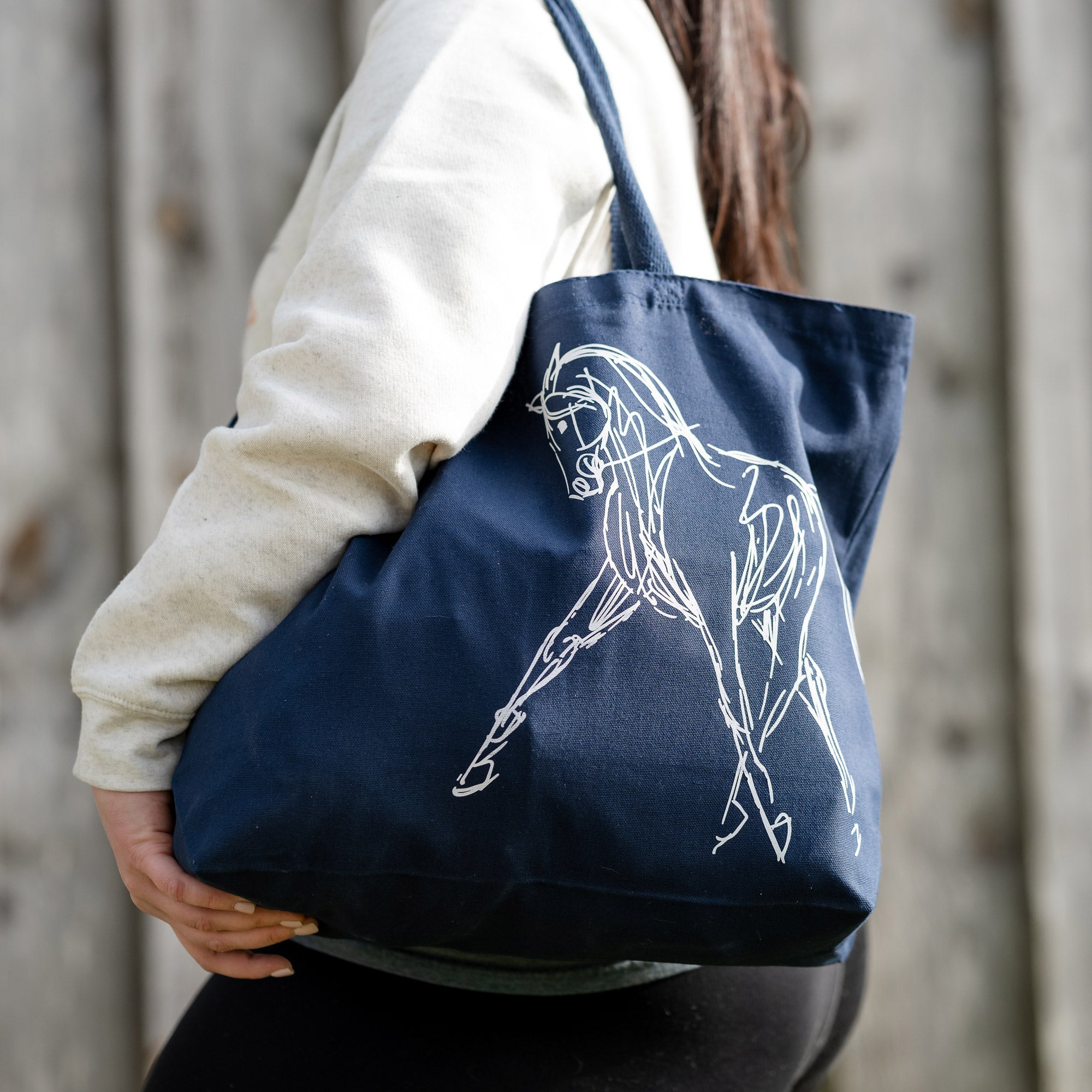




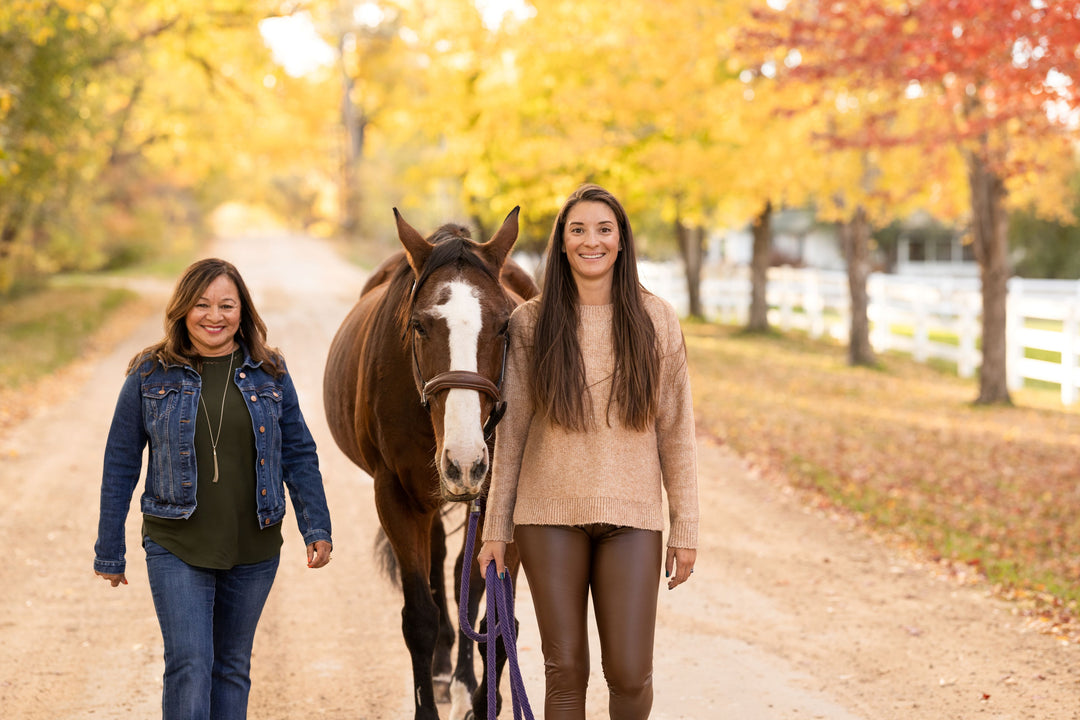

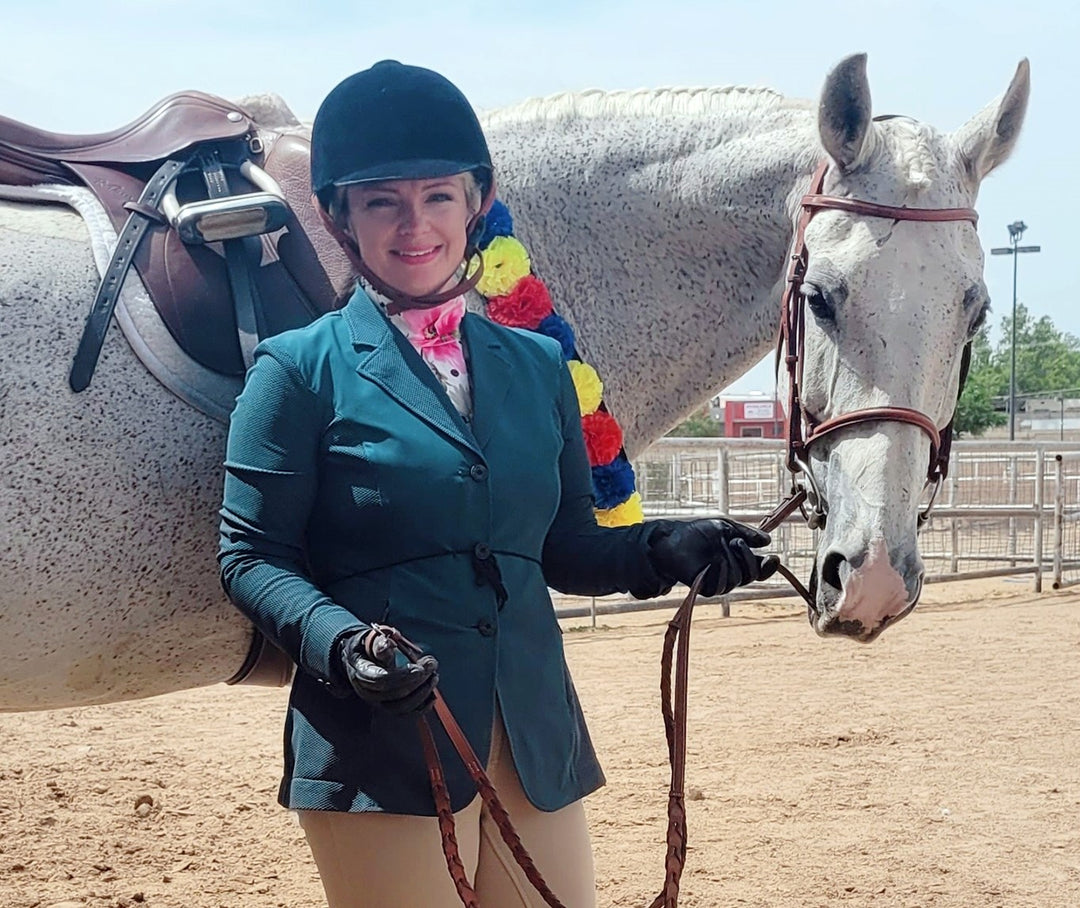
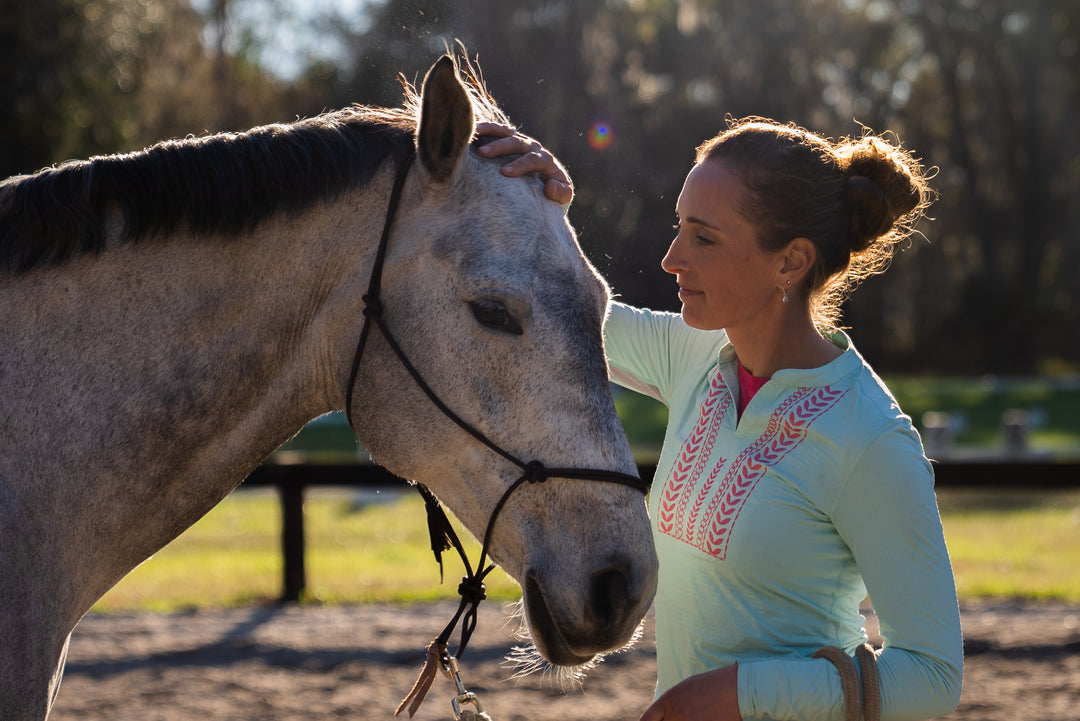

Inspiring. I love that you are able to use some of these techniques in your everyday life.
Leave a comment